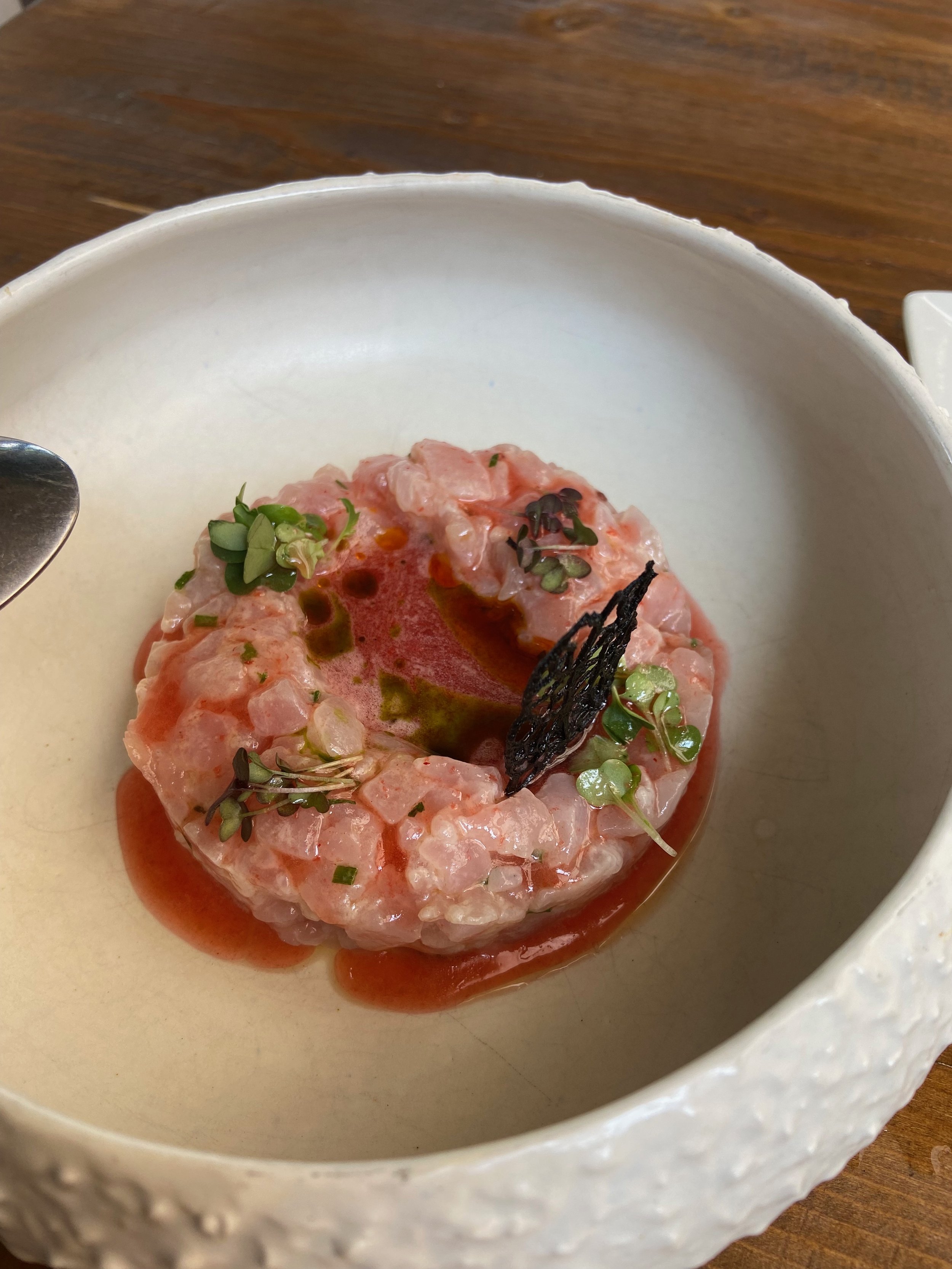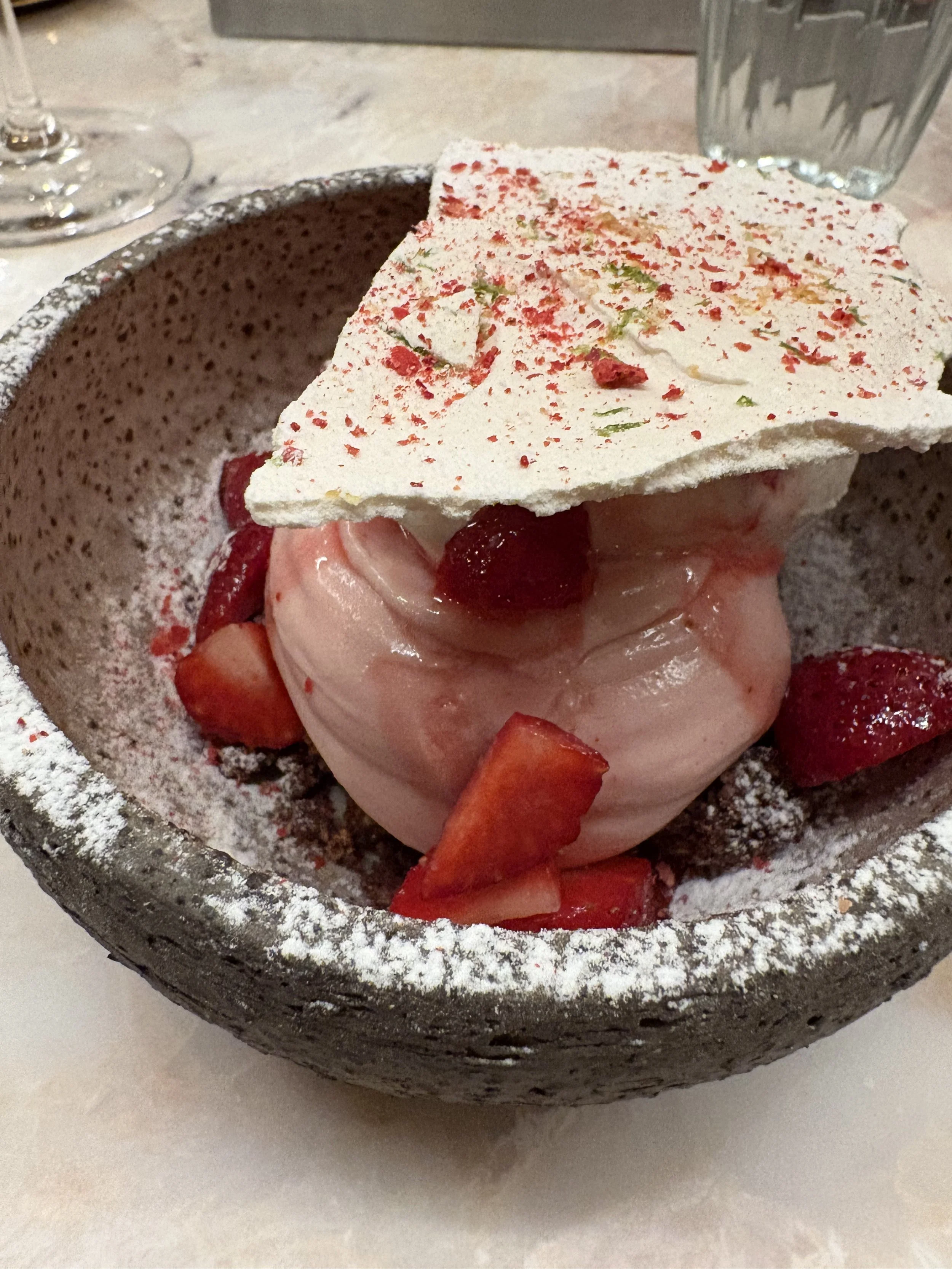Ancient grapes. Modern takes.
I like wine but I’m the first to admit I’m not much of an expert. Maybe I overloaded my senses with too many controlled substances in my life, but honestly I can barely tell the difference between a bouquet of red fruits on the nose and donkey dung. And I’ve been known to commit the unspeakable heresy of drinking red wine with fish.
I guess I just like what I like, and one thing I like a lot is anything old, with history and a story to tell. Whether ancient temples, ruins and churches, or old-world wines. The more unusual and obscure, the better.
This brings me to the subject of “Kydonitsa.” On a trip to Greece a couple of years ago we had lunch at a beautiful spot overlooking Limeni Bay, in Mani. My wife and I each ordered a glass of the house white, and it was incredible. We asked the waiter about it and he said it came from a grape variety native to the Peloponnese — Kydonitsa.
I’ve since learned that Kydonitsa was once fairly prevalent in southern Greece but for one reason or another it was thought to have died out. By chance it was rediscovered on a farm somewhere and now more and more producers are cultivating the grape and making amazing wines from it. I’ve heard similar stories about other varietals from Italy, Spain and France.
The rediscovery of an ancient grape is a little like coming upon a dinosaur bone in the Utah dessert. Or ancient scrolls in a mountain cave. Or a sunken galleon on the sea floor. It’s the kind of thing that sparks the imagination, because it’s old and different and not something you experience every day. I mean, any ham-and-egger can drink a bottle of California chard, right?
On this trip we’ve seen Kydonitsa on almost every wine list, so it’s clearly gaining in popularity.
One place that featured it was a little neighborhood restaurant in old town Kalamata, across from the church, called Foino. I mentioned it in another post and have since returned three times. While I love traditional Greek food and think there’s nothing better than sitting by the sea enjoying a perfectly grilled fish, horiatiki salad, spinach pie and the like, it’s nice to have a different option, especially if you’re in Greece for any length of time.
Foino is upscale but casual, with a young, hip vibe and friendly, super-attentive staff. But it’s the food that really takes center stage. The chef is like an uncelebrated Greek Mario Battali, using super fresh local ingredients in creative ways. The standout for me was a starter of tempura squash blossoms stuffed with barrel feta, drizzled with orange blossom honey and a dusting of lime zest. Light and crisp on the outside but soft and tangy on the inside. Sublime.
There was a dish of local prawns with chick peas and yellow curry, and a sliced heirloom tomato simply dressed with olive oil, pickled kritamos and a dollop of whipped feta.
Over my several visits I also tasted two different sashimi’s and a tartar made with fresh local fish, succulent roasted leg of lamb, even a green salad that would make you weep. And don’t get me going on the desserts.
This isn’t meant to be a restaurant review. Just trying to point out that even in a provincial town like Kalamata there are young creative restaurateurs who are stepping out of the taverna comfort zone and following their own paths.
Other places worth checking out if you’re ever in the area:
Kardamo just off the main square of Kalamata
Anasha on the beach in Kalamata
Ammothines on the beach at Navarino
Wine Horse in Limeni, Mani
Greece is an old place, full of old things — but it’s great that there are winemakers and chefs doing brand new things. Γεια μας.
2025 Update
Last night I returned to Fino and had yet another memorable meal. Dimitra and George are incredible hosts, and their dedication to hospitality, great food and wine was evident from the moment I sat down. Dimitra recommended two lovely whites to go with my Kalamata Tomato, simply dressed with the purest olive oil, capers and topped with local mizithra, a sheep’s milk cheese; a grilled fish with horta (wild greens); and a sublime strawberry desert.
So glad I went back and will absolutely do so again next time I’m in town!











